How To Avoid The Next Atlantis
How To Avoid The Next Atlantis
They say nothing in life is guaranteed except death and taxes. Maybe we should add rising sea levels to that list?
The lapping waves of Earth’s oceans are going to move as much as 1 full meter higher within our lifetimes, and perhaps several meters more in the coming centuries depending on what we do or don’t do about slowing down climate change. Part of this comes from melting glaciers and ice shelves flowing out to sea, and part comes from the natural expansion of water as it warms, but we have to face facts: Sea level is rising.
This new video from MinuteEarth looks at some of the interesting ways that coastal cities around the globe are trying to get ready for a wetter world. I wish this wasn’t something we had to prepare for, but I’m glad we’ve got smart people on the job.
Bonus: Curious what 1 meter of sea level rise looks like? Head over to Climate Central and play with their Surging Seas map simulator. Look, you can even make half of Florida and Louisiana disappear!

More Posts from Dotmpotter and Others

It is easy to see where we are heading – the future will need far fewer workers. Computers, automation and robots will eliminate jobs in increasingly large numbers, and also apply downward wage pressure. Which is completely backwards from what could be happening if we designed society for the benefit of all. If the wealth were not concentrating, every worker would be benefiting from the increases in productivity created by all of this new technology. Wages would be rising and the work week would be shortening. Instead, all of the benefits are flowing straight to the 1% and everyone else is suffering.
This is where the idea of the Basic Income comes in. It is a standardized way of addressing the large scale unemployment that is coming soon, as well as simplifying welfare, retirement and disability payments, as well as making the productivity increases available to everyone in society instead of the elite few.
The idea is simple: everyone in society receives a regular income simply for being alive. The ultimate goal is for the Basic Income payment, by itself, to provide a comfortable living for every member of society without working.

Fly to Mars without leaving home!
A couple people asked me about this little clip from my “Why Do We Go To Space” video (<- requisite plug for my YouTube show). What you’re seeing on my iPhone screen there is a 360-degree panorama of the Martian surface as captured by the Curiosity rover.
You can view it here. It works great on your computer, but the real magic is when you view it on your phone or tablet.
Congratulations. You’re a space traveler!







YouTube Wants Everyone To Watch This New Movie About Girls Who Code
“Codegirl” will stream for free on YouTube from Nov. 1 - 6.

The Crown Estate has launched a unique interactive map that shows the estimated percentage of UK electricity demand being met by offshore wind on an hourly basis. For the first time, the map draws together a range of publically available data to demonstrate the contribution offshore wind is making to the UK’s low carbon energy mix. The UK now has 27 operational wind farms, with nearly 1500 turbines grown from the first two offshore demonstration turbines deployed in 2000. Although there is variation in output on a daily basis, over the course of 2015 offshore wind is expected to meet an average of around 5% per cent of UK electricity demand.
(via Crown Estate launches interactive offshore wind electricity map - Blue and Green Tomorrow)






Coating Makes Steel Tougher, Keeps Microbes From Sticking
More and more objects are getting superhydrophobic coatings that make liquids bounce right off. Surfaces with complex nanoscopic structures that prevent wetting will soon be deployed on wind turbine blades and aircraft wings to prevent ice from sticking, and even concrete is being doped with superhydrophobic compounds to help it last decades longer.
Much still needs to be done, though, to strengthen these coatings because any damage can remove the ability to repel liquids. Such an advance is hugely important since there are potentially life-saving healthcare applications if this hurdle could be overcome with a stable, nontoxic coating for steel. Just imagine if implants, scalpels and other tools used on patients had a surface impossible for infection-causing microbes to cling to.
Now, Joanna Aizenberg and her colleagues at Harvard’s Wyss Institute for Biologically Inspired Engineering have demonstrated a possible solution. They’ve been able to coat stainless steel with nanoporous tungsten oxide, which repels all liquids. What’s more, the surface is extremely tough, maintaining superhydrophobicity even after being scratched with sharp steel objects and diamond.
Keep reading
Want to know more about how millions of people are forced to pick cotton by the Government of Uzbekistan every year?
This video explains the issue clearly in just two minutes:


Robot Guides Soybean Plant To Light
by Karin Heineman, Inside Science
What happens when you combine a soybean plant with a robot?
You get a soybot!
Developed by researchers at Purdue University in West Lafayette, Indiana, they’re on-the-go micro gardens that help indoor plants seek out light.
“They’re equipped with two sensors that measure light conditions, they move continually in the direction of the brighter light,” said Shannon McMullen, a sociologist at Purdue. Learn more and see a video below.
Keep reading

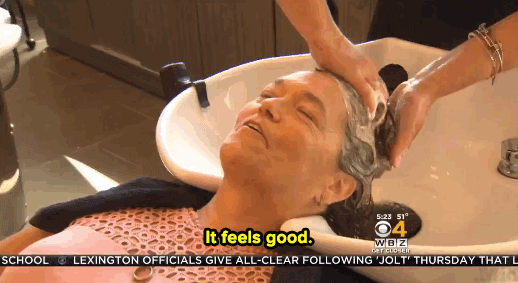
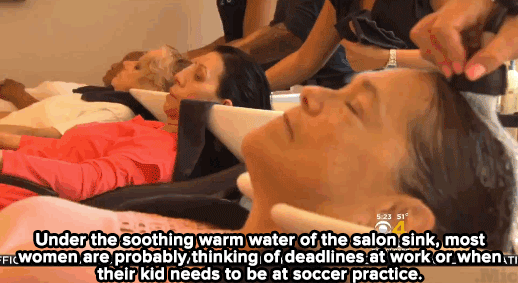
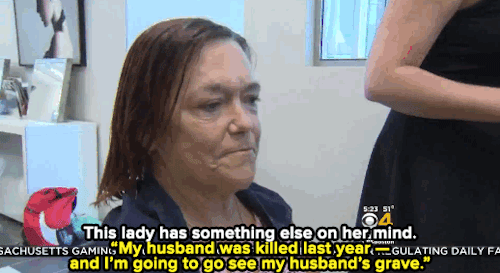
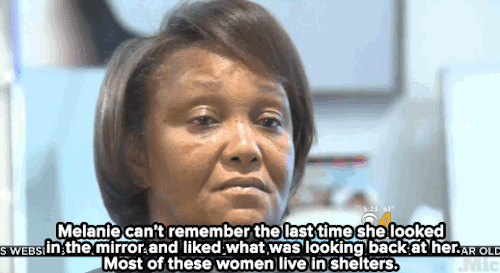
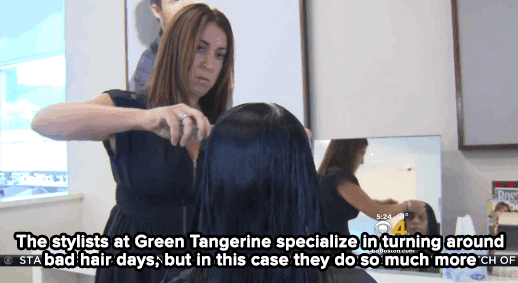
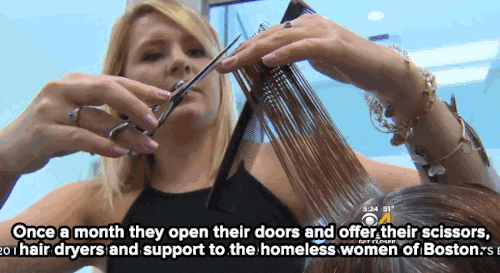
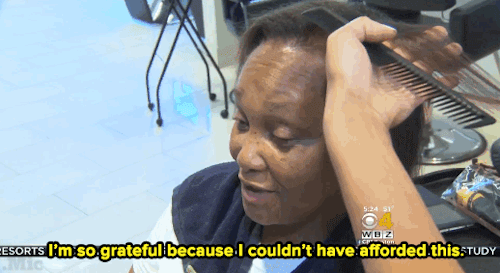
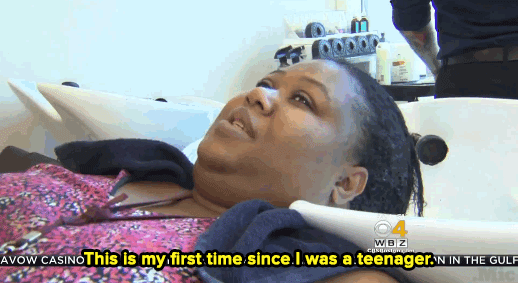
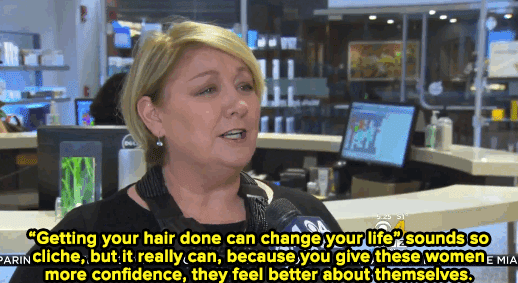
Watch: A haircut may not solve homelessness — but it can make all the difference for these women.
Follow @stylemic
-
 warrenjones1958 liked this · 6 years ago
warrenjones1958 liked this · 6 years ago -
 thedisasterqueer reblogged this · 6 years ago
thedisasterqueer reblogged this · 6 years ago -
 zuttie-deactivated-2022 liked this · 7 years ago
zuttie-deactivated-2022 liked this · 7 years ago -
 pinetreeanarchism reblogged this · 7 years ago
pinetreeanarchism reblogged this · 7 years ago -
 greystravels liked this · 7 years ago
greystravels liked this · 7 years ago -
 azothmahoushoujo reblogged this · 7 years ago
azothmahoushoujo reblogged this · 7 years ago -
 aspieaunty18-blog liked this · 8 years ago
aspieaunty18-blog liked this · 8 years ago -
 climate-changing liked this · 8 years ago
climate-changing liked this · 8 years ago -
 verycuriousnocure reblogged this · 9 years ago
verycuriousnocure reblogged this · 9 years ago -
 chimerical-charisma reblogged this · 9 years ago
chimerical-charisma reblogged this · 9 years ago -
 patchedworklife reblogged this · 9 years ago
patchedworklife reblogged this · 9 years ago -
 understanding-the-change reblogged this · 9 years ago
understanding-the-change reblogged this · 9 years ago -
 let-go-and-allow reblogged this · 9 years ago
let-go-and-allow reblogged this · 9 years ago -
 dotmpotter reblogged this · 9 years ago
dotmpotter reblogged this · 9 years ago -
 justschpielin liked this · 9 years ago
justschpielin liked this · 9 years ago -
 pruebasypracticas reblogged this · 9 years ago
pruebasypracticas reblogged this · 9 years ago -
 puddintrucks reblogged this · 9 years ago
puddintrucks reblogged this · 9 years ago -
 glitchtechscience reblogged this · 9 years ago
glitchtechscience reblogged this · 9 years ago -
 isayoldbean liked this · 9 years ago
isayoldbean liked this · 9 years ago -
 tilthy liked this · 9 years ago
tilthy liked this · 9 years ago -
 randorithefollower reblogged this · 9 years ago
randorithefollower reblogged this · 9 years ago -
 randorithefollower liked this · 9 years ago
randorithefollower liked this · 9 years ago -
 liddle-lamzy liked this · 9 years ago
liddle-lamzy liked this · 9 years ago -
 lizardking90 reblogged this · 9 years ago
lizardking90 reblogged this · 9 years ago -
 jensenjugulate liked this · 9 years ago
jensenjugulate liked this · 9 years ago -
 ubersmaench liked this · 9 years ago
ubersmaench liked this · 9 years ago -
 abandonedwig liked this · 9 years ago
abandonedwig liked this · 9 years ago -
 hypertoparallepsis liked this · 9 years ago
hypertoparallepsis liked this · 9 years ago -
 odd-reverie liked this · 9 years ago
odd-reverie liked this · 9 years ago -
 madnessandmysticism liked this · 9 years ago
madnessandmysticism liked this · 9 years ago -
 noneun liked this · 9 years ago
noneun liked this · 9 years ago -
 captain-steven-stark-rogers reblogged this · 9 years ago
captain-steven-stark-rogers reblogged this · 9 years ago -
 trippycookie143 reblogged this · 9 years ago
trippycookie143 reblogged this · 9 years ago -
 you-only-live-juance liked this · 9 years ago
you-only-live-juance liked this · 9 years ago


